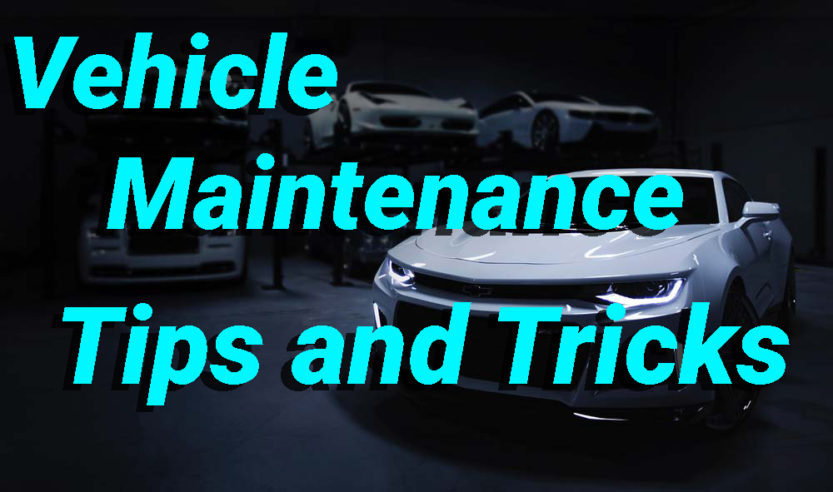So, you finally went out and bought a car. That’s great, as it is a responsible thing to do. Now, you’ll have a ride to stores, schools, workplaces, and more. Not to mention, you will be able to go out to the movies, play golf, or partake in hobbies. However, if you don’t properly care for the machine, you could soon find yourself having to walk on foot to get everywhere.
That’s because significant systems and components tend to go down when people don’t maintain their vehicles adequately. Then, the cars often leave them stranded on roadsides. Of course, if an individual is lucky, his or her vehicle will break down at their home in the driveway.
Use these vehicle maintenance tips and tricks to keep your engine, transmission, and other parts in peak condition. Hopefully, they will then serve you without fail, and you won’t have to worry about a thing. You should probably consider investing in a used car warranty to start things off.
Pre-Owned Vehicle Warranties
Consumers can purchase car warranties from local dealerships, but they are also available through third-party sellers. Therefore, because multiple options are out there, you will want to make it a point to research companies and products thoroughly. Get at least three quotes before choosing a provider. Also, check to see how much a plan’s deductible is ahead of signing on the dotted line.
Typically, the amount is around $100. That is what the policyholder pays at the time of service, while the warranty company covers the rest of the parts and labor costs. An extended car warranty may run as little as $350 to $700 annually. However, according to other research, the average price of a guarantee is around $2,550. Various factors determine the total cost, including:
- Age
- Mileage
- Make/model
- Location
- Warranty company
Be sure to take some sort of action, as doing nothing could leave you on the hook for expensive auto repairs.
Change the Oil
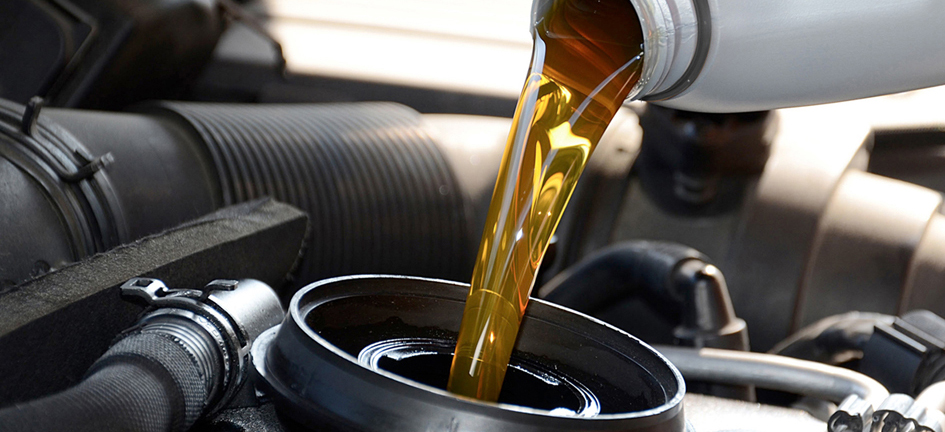
Car engines require oil. It does this by coating it with oil to grease the gears and make them free all the time. It is not solid but may flake or become less effective with the passing of time. It may also degrade and turn into a dry, waxy substance, which then cannot heat the car as required and the components may freeze. Although every model differs, the tendency of cars is to keep their oil changed. This task that once was performed every 3000 miles now can be implemented at 5000 to 700 miles thanks to frontline changes in black gold technology.
You can always call up a manual that covers your car to find out the exact dates you should change the oil on your vehicle. Tell your brain to calm down. If you don’t get your hands on that book, then it is not the end of the world! Besides that, you have the opportunity to call the service department of the dealership. A member of a team, for instance, can give you the necessary data you may need. Or, when you’re unsure, you can get your oil changed by the guys at the corner mechanic shop to know when it has to be done.
Check the Oil
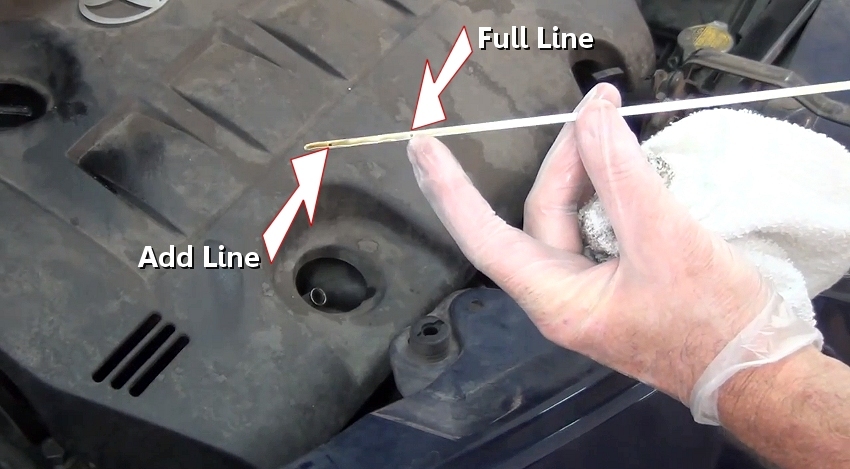
Certainly, oil changes and oil filter replacements at specified intervals are useful too. Additionally, you should make sure that the oil level does not go too low between oil changes. It would be a good practice for drivers to change their oil at intervals of once every month. For me, the first is to wallow in my sorrow. Having gone through a process of reflection, you can make some alterations to your routine, if this is necessary. To be honest, if all cars had similar requirements, the industry would be much simpler.
If the dipstick shows you that the oil level is low, put in the required amount of oil for refilling. Remember that, finally, you don’t want the engine to be operated in dry mode. It will also turn into a disaster. Visit our website to find the answer to this question and other essay questions your teacher might ask you. Here, something such as the engine may damage the rod or bend the piston.
Replace the Windshield Wipers

It can be easy to overlook things that are so simple to fix at times. And replacing windshield wipers can sometimes make that list, even though they shouldn’t. Without them being in tip-top condition, you might not be able to see in the rain, sleet, or snow. Hence, do yourself a favor and change your wipers as necessary to ensure your visibility doesn’t become limited in your car.
If you can’t see a vehicle, bicyclist, or something else, a wreck might occur and one you are responsible for causing. Therefore, replace your windshield wipers once every six months to twelve months. However, if issues like squeaking, streaking, or vibrations won’t stop, you might have to change the parts even sooner.
Wash the Exterior
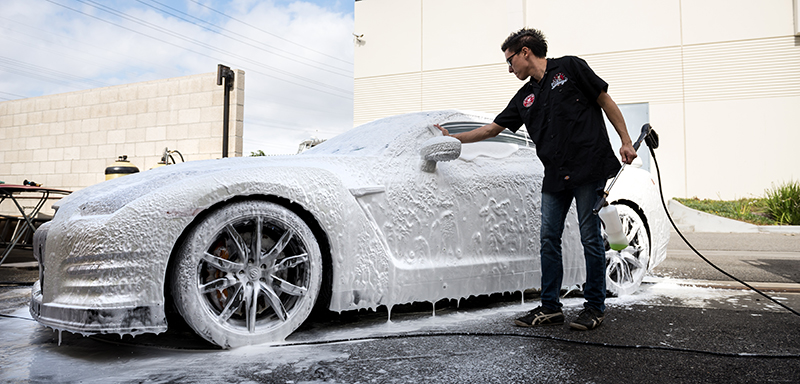
Vehicles encounter various elements while they’re on the road. Then again, different things such as tree sap or bugs could wreak havoc on your paint when it’s parked in your driveway. That’s why you need to make it a priority to wash your exterior. This should be completed once per week or at least twice per month. You can hand wash the vehicle at home if you wish. Or, you can take it to a car wash to have it machine or hand washed. Just be careful with the former because you want to protect your paint, and if apparatuses are too rough, they could leave scratches behind.
Don’t Forget the Wax
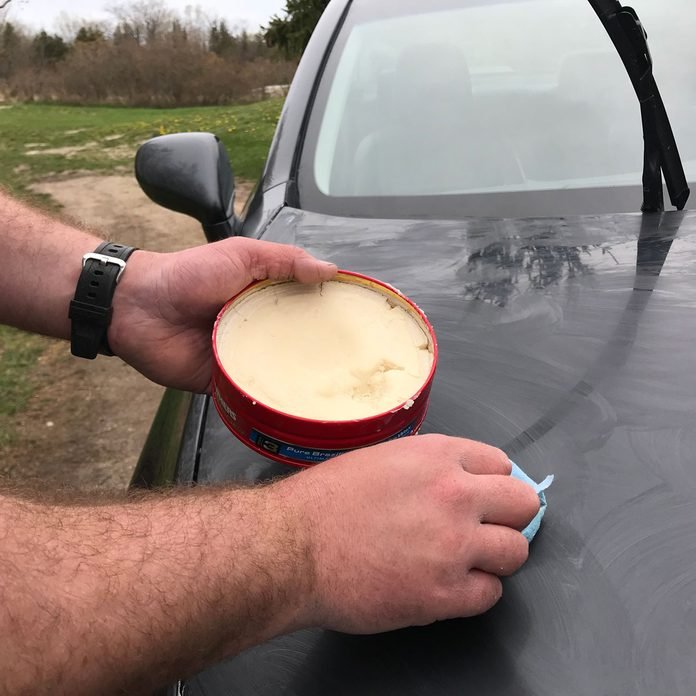
As for waxing, this should be done twice per year or every six months. Wax can sometimes buff out small blemishes, providing that they aren’t too deep. Not only that, but it will also leave the vehicle’s exterior looking bright and shiny. Wax adds a layer of protection to the outside of your car. It keeps the clear coat intact and prevents the body from rusting.
Check Tire Pressure
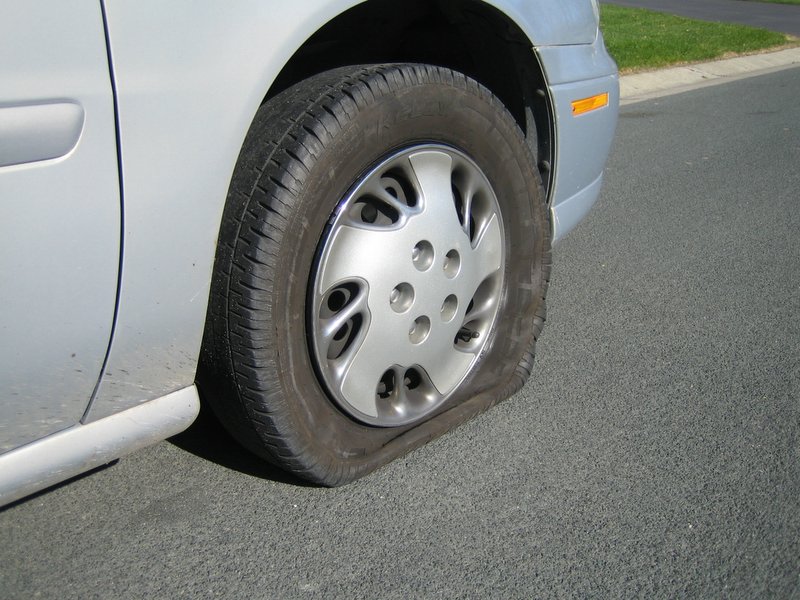
New vehicles are equipped with Tire Pressure Monitoring Systems. Generally speaking, these units are usually accurate within 1-PSI. However, there are occasions where the systems can be off. Then, a person can get a flat tire without even realizing it. Meanwhile, older models don’t have such features. If you own one of them or simply don’t trust the diagnostic tool, use a tire pressure gauge and manually check the air pressure in your tires.
Research shows that underinflated tires increase the chances of crashes. And often, the collisions in question are rollovers. The incidents are violent, and they can leave vehicle occupants seriously injured. In addition, people can even get killed in these situations. But it isn’t always only tires that are to blame. That’s because underinflated tires get paired with inexperienced drivers and bad weather.
Visually Inspect Tires
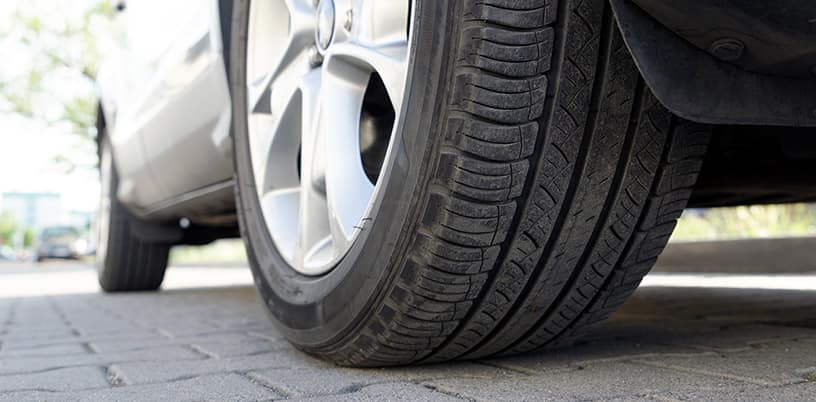
Aside from checking the air in your tires, it is a good idea to give them visual inspections from time to time. You’ll want to be on the lookout for bald spots, knots, or punctures from things like nails or screws. Plus, have you ever seen a wheel with dry rot? If this problem exists, you should be able to spot cracking on the sidewalls.
When tire issues develop, drivers lose control occasionally because of vibrations and pulling. Therefore, you will want to address the matters as soon as possible. So, visit a tire shop promptly when dilemmas arise and stop them from wreaking havoc on your day. The professional staff might be able to repair a unit via a plug or patch. But, of course, a tire replacement service may be necessary as well.
How about the penny test? Do you use it once a month to check your tire tread? If you answered no, now is as good a time as any to change that. Basically, you take a penny and stick it between the tread ribs facing you. If most of Lincoln’s head is visible, you should get geared up to spend what feels like a small fortune on new tires. But, if most of the head is buried, that means there is still more than 2/32-inches of tread, and the wheels will likely last you for a bit longer.
Final Thoughts

Properly maintaining your vehicle can be a pretty tall order, but it doesn’t have to be. Car owners can use tips like these to make the endeavor easier. However, this advice only begins to scratch the surface. You’ve probably learned about other stuff over the years that can help too. Thus, don’t be afraid to add your own tidbits to the list here and there. Then, your maintenance routine will be set, and you’ll be able to keep that car you love so much in stellar condition for years to come.




